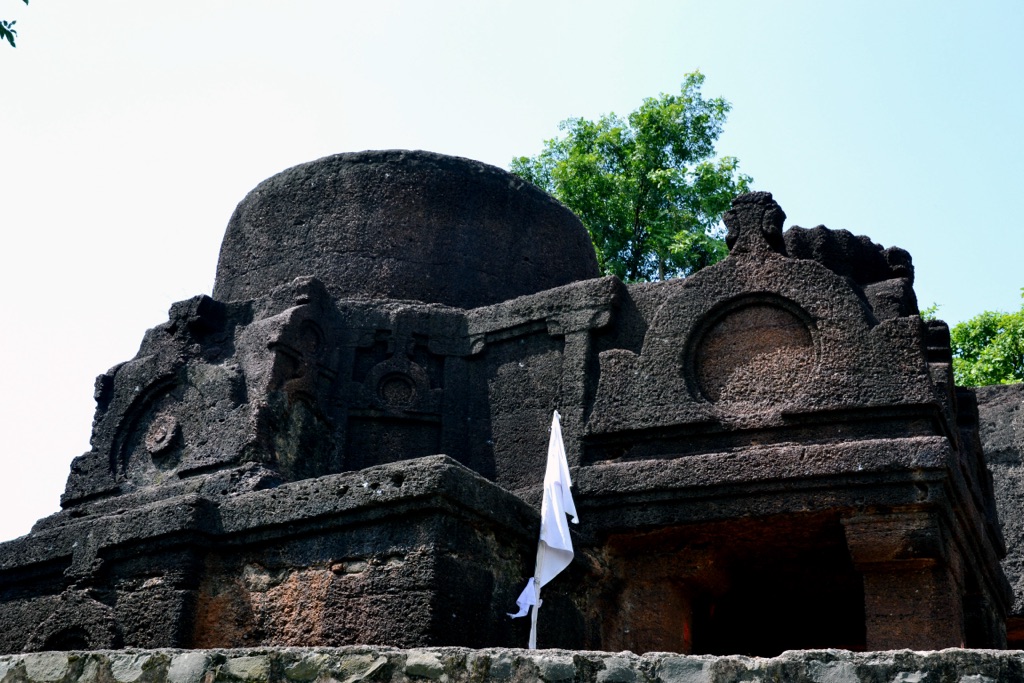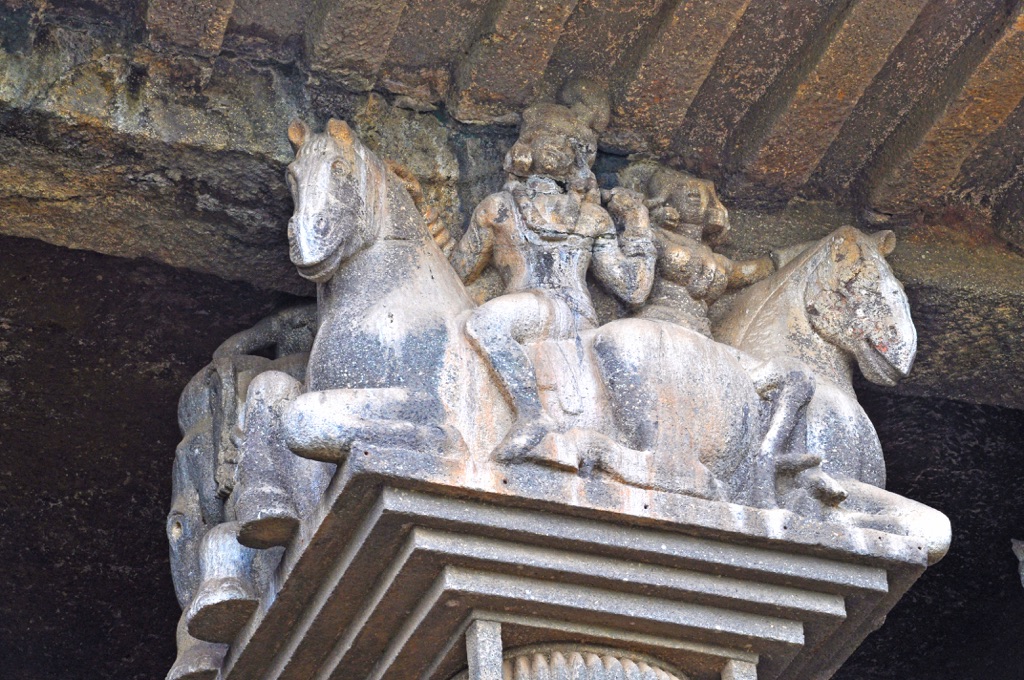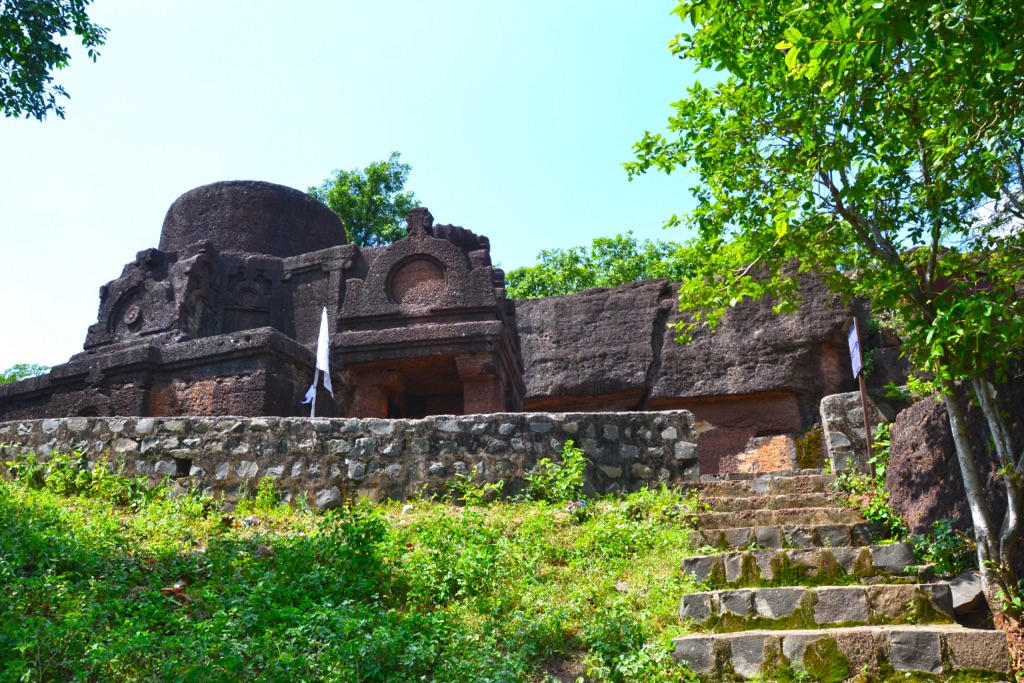The Binnayaga Buddhist Caves are a series of ancient rock-cut caves located in India. They are renowned for their historical significance and intricate carvings. These caves serve as a testament to the rich Buddhist heritage that once flourished in the region. They offer insights into the religious practices and artistic expressions of ancient times. The caves are not only a sacred site for Buddhists but also a point of interest for historians and archaeologists worldwide.
Get your dose of History via Email
Historical Background of Binnayaga Buddhist Caves
The Binnayaga Buddhist Caves were carved out of rock centuries ago. They were discovered relatively recently, bringing to light their historical importance. The caves are believed to have been created by Buddhist monks for meditation and study. Over time, they have witnessed various inhabitants and have been the scene of significant historical events. The exact date of their construction remains a subject of study, but they are a crucial piece of the puzzle in understanding the spread of Buddhism in India.
Local legends and historical records suggest that the caves were in use for many centuries. They provided shelter and a place of worship for Buddhist monks. The caves have seen periods of abandonment and rediscovery throughout history. Their remote location helped preserve many of the original features and carvings. The Binnayaga Buddhist Caves are a silent witness to the ebb and flow of religious and cultural tides in the region.
The discovery of the Binnayaga Buddhist Caves was a significant archaeological event. It shed light on the practices and lifestyles of the monks who once inhabited them. The caves have since attracted the attention of scholars and tourists alike. They offer a unique glimpse into the past, with their walls telling stories of devotion and artistry.
While the creators of the Binnayaga Buddhist Caves remain anonymous, their work speaks volumes. The architectural style and iconography suggest a thriving Buddhist culture. The caves have also been the subject of various historical interpretations, with some suggesting they played a role in regional trade routes as a rest stop for travelers and merchants.
Despite their historical significance, the Binnayaga Buddhist Caves are not as well-known as other Buddhist sites in India. However, they remain an important piece of Indian heritage. They continue to be a site of pilgrimage and study, offering a serene environment that echoes the meditative practices of ancient monks.

About Binnayaga Buddhist Caves
The Binnayaga Buddhist Caves are a marvel of ancient engineering and artistry. Carved directly into the rock face, these caves were created using simple tools and sheer human effort. The caves are adorned with intricate carvings and sculptures that reflect the religious fervor of the time. The rock-cut architecture is a testament to the skill and dedication of the ancient craftsmen.
The caves vary in size and complexity, with some featuring elaborate facades and others being more austere. The interiors of the caves are often simple, with a focus on creating a tranquil space for meditation and worship. The use of natural light was an important aspect of their design, with openings strategically placed to illuminate the sacred spaces within.
The construction methods of the Binnayaga Buddhist Caves are a subject of interest for historians and archaeologists. The builders would have had to plan the layout carefully, ensuring the structural integrity of the rock while creating the desired spaces. The choice of rock and the tools used for carving are also points of study, providing insights into the technological capabilities of the time.
Architectural highlights of the Binnayaga Buddhist Caves include the stupa-like structures within some of the caves, which were focal points for worship. The carvings often depict scenes from the life of the Buddha and other important figures in Buddhist lore. These artistic elements not only serve a religious purpose but also give us a glimpse into the aesthetic preferences of the era.
The building materials for the Binnayaga Buddhist Caves were the natural rock of the surrounding area. This choice of material has contributed to the longevity of the caves, allowing them to withstand the ravages of time. The natural insulation properties of the rock also created a stable environment that was conducive to the monks’ way of life.

Theories and Interpretations
Several theories exist about the use and significance of the Binnayaga Buddhist Caves. Some scholars suggest that the caves were not only religious retreats but also centers of learning. They may have housed scriptoriums where sacred texts were copied and preserved. The presence of inscriptions and carvings supports this theory, indicating a literate and scholarly community.
The mystery of the Binnayaga Buddhist Caves also extends to their iconography. Some carvings are unique and have led to various interpretations about their meaning. These artistic expressions are matched against historical records to better understand the beliefs and teachings of the time.
Dating the Binnayaga Buddhist Caves has been a challenge. However, experts have used a combination of stylistic analysis and carbon dating to estimate their age. These methods have provided a rough timeline, placing the caves’ creation in the early centuries of the Common Era.
There is also speculation about the role of the Binnayaga Buddhist Caves in the wider context of the Silk Road. They may have served as a haven for travelers and traders, offering a place of rest and spiritual solace. This theory highlights the interconnectedness of cultures and religions along ancient trade routes.
The Binnayaga Buddhist Caves continue to be a subject of academic interest. Archaeologists and historians are piecing together the clues left behind in the rock. Their work helps us understand the complex tapestry of religious and cultural history in the region.
At a glance
Country: India
Civilization: Unknown Dynasty
Age: Early centuries CE
Conclusion and Sources
Reputable sources used in the creation of this article include:

